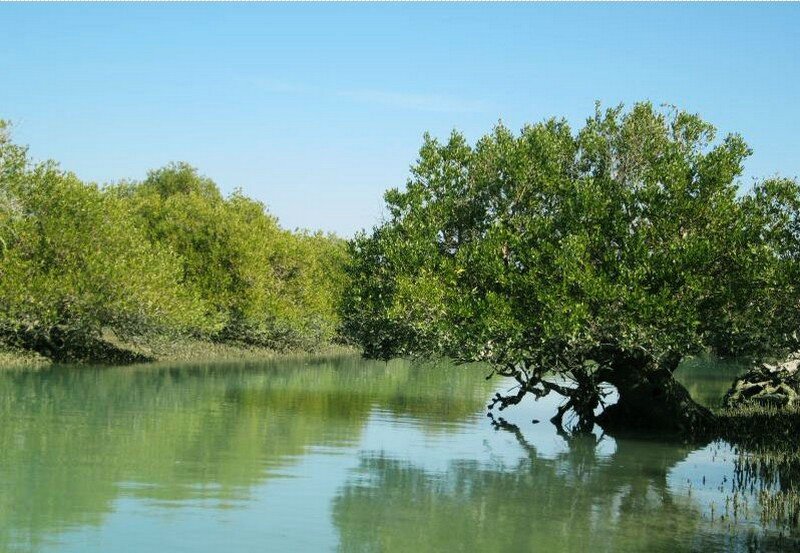6,000 ha of mangrove forests in southern Iran undergo restoration

TEHRAN – The mangrove forests cover an area of 27,310 hectares in Iran, over 6,000 hectares of which have underwent restoration and revival measures, chairman of the high council of the Forests, Ranges and Watershed Management Organization (FRWMO), has stated.
The mangrove forests or Hara forests are located on the southern coast of Iran, particularly on and near the island of Qeshm in the Persian Gulf.
Dominated by the species Avicennia marina, known locally as the "hara" or "harra" tree, the forests represent an important ecological resource. The "Hara Protected Area" on Qeshm and the nearby mainland is a biosphere reserve where commercial use is restricted to fishing (mainly shrimp), tourist boat trips, and limited mangrove cutting for animal feed.
The area is a major habitat for migratory birds in the cold season, and for reptiles, fish, and varieties of Arthropoda and bivalves. Green (or hooked) turtles and venomous aquatic snakes are also indigenous to the forests.
Birdlife includes herons, flamingos, pelicans, and angler eagles. Another important feature of these forests is the appropriate and suitable seabed conditions for the ovulation of fish in the Persian Gulf.
Unique mangrove forests are under the special protection and conservation of the Ramsar Convention on Wetlands while being controlled by the FRWMO, IRNA quoted Kamran Pour-Moghaddam as saying on Thursday.
Some development projects that took place upstream of these forests caused damages to hydrological systems and changed water flow patterns which had a negative impact on these habitats, he lamented.
On the other hand, the construction of infrastructure for large boats on the fringes of the forests resulted in the erosion of the plants' roots, which eventually led to the depletion of mangrove trees, he regretted.
Referring to the development measures and reforestation of mangrove forests, he noted that during the past 4 years, the FRWMO has prepared a document titled “sustainable management of mangrove forests” which emphasizes the conservation and development methods.
Stating that these actions are being carried out in collaboration with local communities, he added that local communities plant seedlings and carry out restoration and conservation operations that have led to the development of a significant portion of these forests.
FB/MG

Leave a Comment